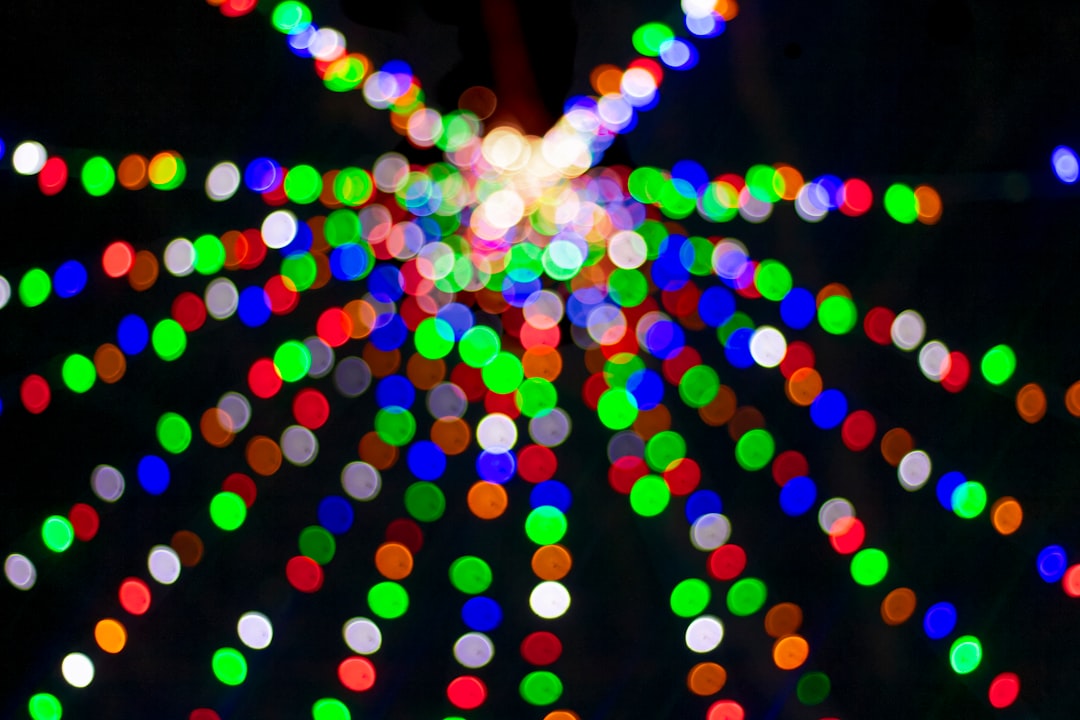What is it about?
The aim of this study was to explore a series of changes in vitreous body of rabbit eye after vitreous hemorrhage by interdisciplinary means, especially biomechanics and biochemistry. The experiment was performed on rabbits, which was injected with 0.2 mL of autologous blood into the vitreous cavity-the study group, and the control one was treated in the same manner with equal volumes of saline. The rabbits were randomly and equally divided into the following four batches according to the days of observation: Days 3, 7, 14, and 30 after injection. The anterior segment was separated to flow out the vitreous body naturally to detect the liquefaction degree and viscosity. Then, the biochemical indexes and PVD were studied.
Featured Image

Photo by v2osk on Unsplash
Why is it important?
Our findings show that after hemorrhage, the changes of the vitreous body are relatively minor earlier (2-4 weeks), but irreversible later. Specifically, the degree of liquefaction increases with a decrease in viscosity, and the chemotaxis of macrophages and bFGF induce incomplete PVD.
Perspectives
I hope this article makes what people might think is a boring, slightly abstract area like eye disease, kind of interesting and maybe even exciting. Because the way we spend money on eye health is not just a problem for politicians, managers and researchers to worry about - it is an issue that touches every single human being. More than anything else, and if nothing else, I hope you find this article thought-provoking.
Pengcheng Zhang
General Hospital of Central Theater Command
Read the Original
This page is a summary of: Changes in the vitreous body after experimental vitreous hemorrhage in rabbit: An interdisciplinary study, PLoS ONE, February 2023, PLOS,
DOI: 10.1371/journal.pone.0281165.
You can read the full text:
Contributors
The following have contributed to this page










